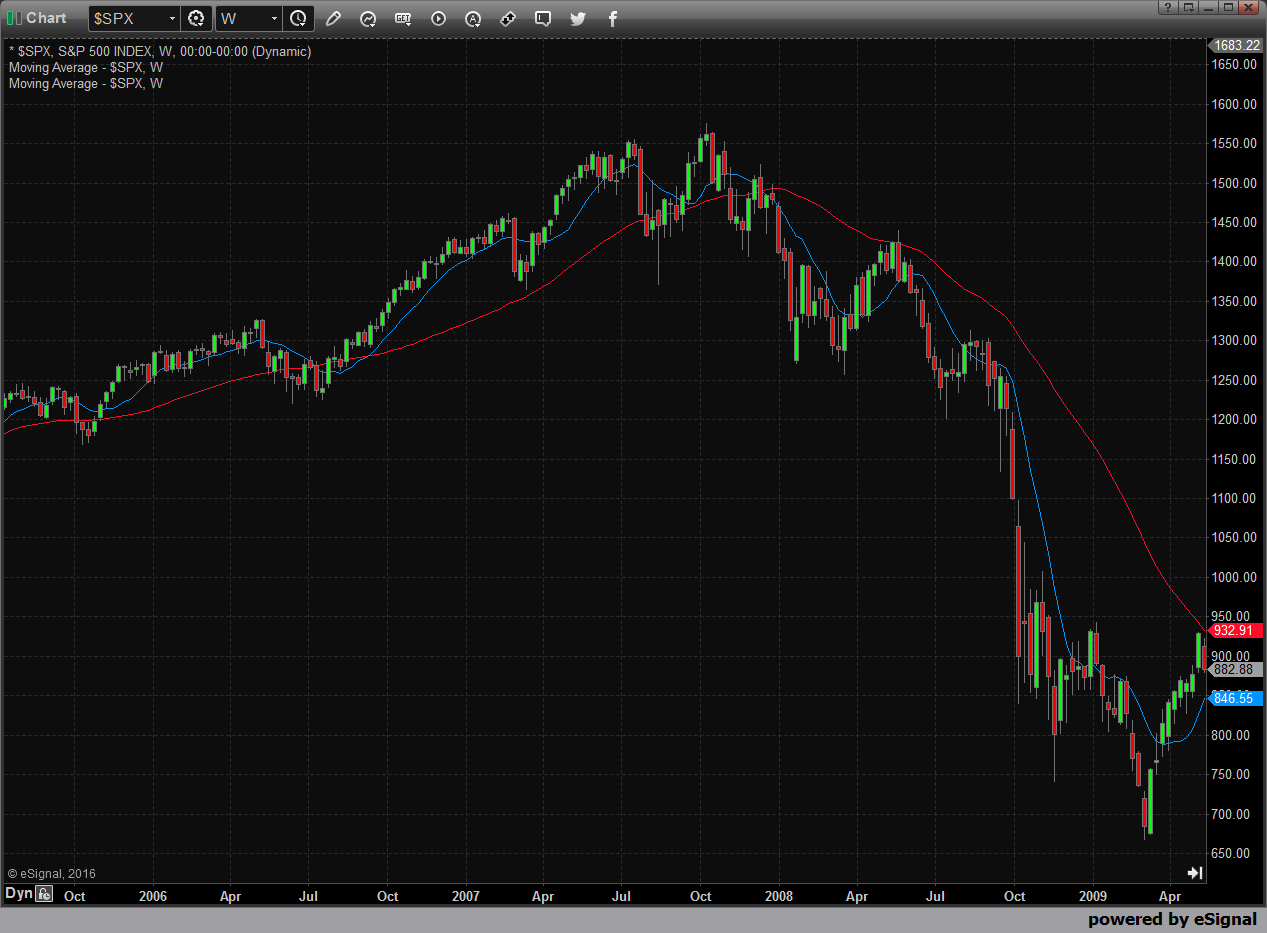
To continue our post on how to make your money grow, we left off speaking about the importance of market conditions. Assessing market conditions is linked very closely to the time frame that you’re comfortable trading. There is a tremendous need for self-awareness required to invest successfully. The more honest you can be with yourself, the better equipped you will be to actually make money. Your primary goal as investors is to make money, your secondary goal is to enjoy the process.

In a recent post, we tackled the problem of how to save money. The next logical action is to put our money to work. As we’ve mentioned before, the first and best “investment” you can make is any education that will help you increase your cashflow. As we normally invest from our abundance, cashflow is king. The topic today is investing in actual market based assets that are relatively liquid, such as stocks, bonds, etc… Because we publish our own newsletter that helps subscribers manage their 401k’s, I won’t tell you our precise methodology. However, at the same time, our real goal is to empower readers to a better future. That being said, If you cannot afford the $9.16 per month for an excellent investment strategy, I at least want to give you enough information so that you can do something to improve your performance and protect your savings.

You may be asking yourself “What does a pencil have to do with managing my 401k better?” The greater part of doing, is knowing. If you want to make money in the capital markets, you have to understand “Capital-ism”. Here’s a simple lesson from Milton Friedman about how capitalism brings about voluntary cooperation. Intuitively we already know this and many perhaps cannot imagine any other type of cooperation that isn’t voluntary. Trust me, it exists and you wouldn’t like it.
The short essay written by Leonard Read can be found here. In your own investing, understanding production requirements can also help understand how specific sectors benefit while others lose through technological or economic changes.

Speaking recently with a professional money manager, he mentioned that a client had inquired less than politely about the 15% cash position in his equity portfolio. Many investors make the mistake of looking at the various asset classes as either “earners” or “growers”. The fact of the matter is there’s a right time to own everything. The aforementioned client was upset that the portion of cash discussed was formerly invested in equities that were “growing” annualized at 18% per year and now “earning” only 1% per year.

The chart above represents the S&P 500 during the 2008 crash. Raising cash near a market high of October 2007 may have seemed foolish when the “growth” rate was so attractive, but the cash “earning” 1% is worth so much more when redeployed in March of 2009. The real lesson here is that risk profiles change for various asset classes at various prices. The risk of owning the S&P at 670 is significantly lower than owning it after a large run-up.
Portfolios and risk are meant to be managed. How do you manage risk in your portfolio?

Our stated purpose is to empower investors toward a better financial future and you cannot be empowered if you’re easily misled by politicians, corporations, or faulty ideas. In such a politically divided time as we now live, among some, criticizing government, or the data it generates, can be seen as an “attack” on one’s party. At the risk of doing so, I’d most like you to understand that the audience we’re trying to reach cover the full spectrum from liberal to conservative and every stretch in between. You may find in life that neither party is telling you the truth, nor do they represent you or have your best interests in mind.
Recently, the Federal Reserve Bank of New York released commentary on completed recent analysis indicating that 15.1% of US households actually have a negative net worth. It’s important to first know that seldom is “research” undertaken at the government level simply for the goal of understanding. It is generally undertaken to support a particular policy or piece of legislation that party leaders are trying to pass. In most cases, the research will easily fit into the party narrative or talking points.



